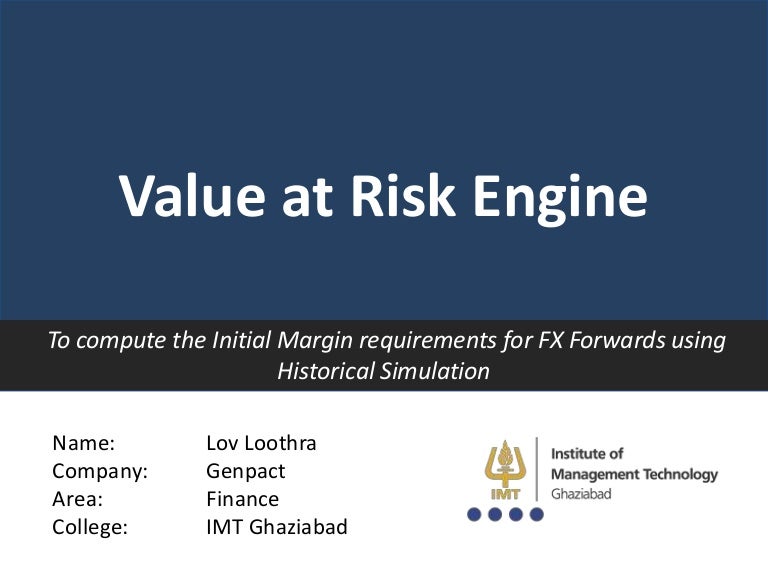

13 In fact, several intriguing similarities have been noted between coronary calcification and bone formation. 12 Other evidence suggests that coronary calcification is an actively regulated process rather than passive adsorption and precipitation. 10, 11 This seems unlikely in light of the fact that calcification occurs in only those vessels with atherosclerosis and is absent in normal arteries. 9 Some initial theories suggest that calcification results from passive adsorption of Gla-containing proteins with a high affinity for calcium phosphate and hydroxyapatite, whose only known function is to bind calcium. There have been different views regarding the mechanism of calcium deposition in atherosclerotic plaques. Endothelial cells, leukocytes, and intimal smooth muscle cells, as well as other contributory factors such as smoking, hypertension, diabetes, and in some cases, high homocysteine levels, all play an important part in the process of atherosclerosis, but the exact nature of their interactions with each other is yet to be fully unraveled. 7, 8 In the majority of cases, the presence of a high plasma lipid concentration fuels the process of atherosclerosis. PATHOGENESIS OF CORONARY ARTERY CALCIFICATIONĪtherosclerosis is known to be a chronic inflammatory process where various components of the immune system are implicated. There has been a plethora of articles published on the subject of detection of coronary artery calcification (CAC) using electron beam CT (EBCT) and multislice CT (MSCT) and its value in prognosis and risk stratification, particularly in asymptomatic patients or in those patients with a low to intermediate probability of developing CAD. The exponential improvements in imaging technology in the last 2 decades, most notably the improvements in computed tomography (CT) and the rapid growth of computer technology, have made this goal a reality. With the attending risk (though small) involved with an non-invasive technique to image the coronary arteries and accurately assess the total atherosclerotic plaque burden. 4, 5 To date, invasive coronary angiography remains the gold standard for imaging the coronary arteries and intravascular ultrasonography (IVUS) is the investigation of choice to accurately assess the total atherosclerotic plaque burden and plaque morphology. It is now well known that most of the acute coronary events result from the rupture and/or erosion of non-stenotic but vulnerable plaques. 2 Nearly a third of patients dying of CAD in the United States are classified as being at low risk with the Framingham Risk Index score. 1 Large epidemiologic studies have identified a host of “conventional” risk factors that are able to predict only about two-thirds of those patients who will eventually go on to develop coronary artery disease (CAD).

All rights reserved.Assessing atherosclerotic plaque burden has long been the goal of cardiologists, considering that the initial presentation of a significant percentage of previously asymptomatic patients is with myocardial infarction (MI) or sudden cardiac death. Once genotyped, the genetic information may be used to calculate an infinite number of PRSs and contribute to personalize medicine providing clinical value for risk stratification, diagnostics and treatment in CAD as well as in other diseases.Ĭopyright © 2022 Wolters Kluwer Health, Inc. Additionally, data suggest possible value of PRSs for aiding decisions in other aspects of diagnostics and treatment in CAD. When implemented in risk stratification models for primary prevention of cardiovascular disease, PRSs provide modest improvements in discrimination (C-index generally increasing 0-4% points) and reclassification, but yield significant clinical benefit as a risk enhancer. In multiple studies, PRSs have proven to be a measure of CAD risk, more powerful than most established risk factors alone, that can be used from early life to stratify individuals into varying trajectories of lifetime risk. Here, we provide an explanation of the genetic basis for PRSs and review recent literature investigating PRSs and the clinical utility for different aspects of CAD.ĬAD-based PRSs are strongly associated with atherosclerosis burden in the coronary arteries and other vascular beds. Recent advances in genetics have facilitated the calculation of polygenic risk scores (PRSs) based on common genetic risk variants of coronary artery disease (CAD).


 0 kommentar(er)
0 kommentar(er)
